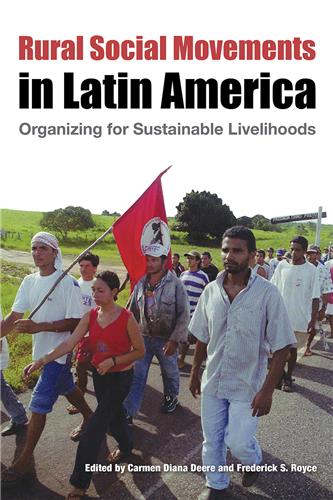Queering the Redneck Riviera recovers the forgotten and erased history of gay men and lesbians in north Florida, a region that has been overlooked in the story of the LGBTQ experience in the United States. Jerry Watkins reveals both the challenges these men and women faced in the years following World War II and the essential role they played in making the Emerald Coast a major tourist destination.
Buy Books: Browse by Season: Spring 2018
Fall 2025 - Spring 2025 - Fall 2024 - Spring 2024 - Fall 2023 - Spring 2023Please note that while you may order forthcoming books at any time, they will not be available for shipment until shortly before publication date
This volume introduces the Cross-Cultural Interaction Model (CCIM), a visual tool for studying the exchanges that take place between different cultures in borderland areas or across long distances. The model helps researchers untangle complex webs of connections among people, landscapes, and artifacts, and can be used to support multiple theoretical viewpoints.
This volume explores how Native peoples of the Southeastern United States cooperated to form large and permanent early villages using the site of Crystal River on Florida’s Gulf Coast as a case study.
Sacraments of Memory is the first book to focus on Catholic themes and imagery in African American literature. Erin Michael Salius discovers striking elements of the religion in neo-slave narratives written by Toni Morrison, Ernest Gaines, Leon Forrest, Phyllis Alesia Perry, Charles R. Johnson, and Edward P. Jones.
Although one of Latin America’s most significant postwar art movements, Nueva Figueración has long been overlooked in studies of modern art. In this first comprehensive examination of the movement, Patrick Frank explores the work of four artists at its heart--Ernesto Deira, Rómulo Macció, Luis Felipe Noé, and Jorge de la Vega--to demonstrate the importance of their work in the transnational development of modern art.
Florida has the third most diverse vascular plant flora of any state in the United States, and the Flora of Florida volumes include all indigenous and naturalized taxa currently known to occur within its borders. With keys to family, genus, and species, and with genera and species within each family arranged alphabetically for easy reference, these volumes are the standard reference for botanists, researchers, consultants, and students alike.
Bringing together major archaeological research projects from Virginia to Alabama, this volume explores the rich prehistory of the Southeastern Coastal Plain. Looking back 50,000 years, contributors consider how the region’s warm weather, abundant water, and geography have long been optimal for the habitation of people. They highlight demographic changes and cultural connections across this wide span of time and space.
This book reveals how migrants shape the politics of their countries of origin, drawing on research from Mexico, Colombia, and Ecuador and their diasporas, the three largest in Latin America. Luis Jiménez discusses the political changes that result when migrants return to their native countries in person and also when they send back new ideas and funds—social and economic “remittances”—through transnational networks.
The contributors to Rural Social Movements in Latin America include academic researchers as well as social movement leaders who are seeking to effect change in their countries and communities. As a group they are at the forefront of some of the most critical environmental, social, and political issues of the day.











